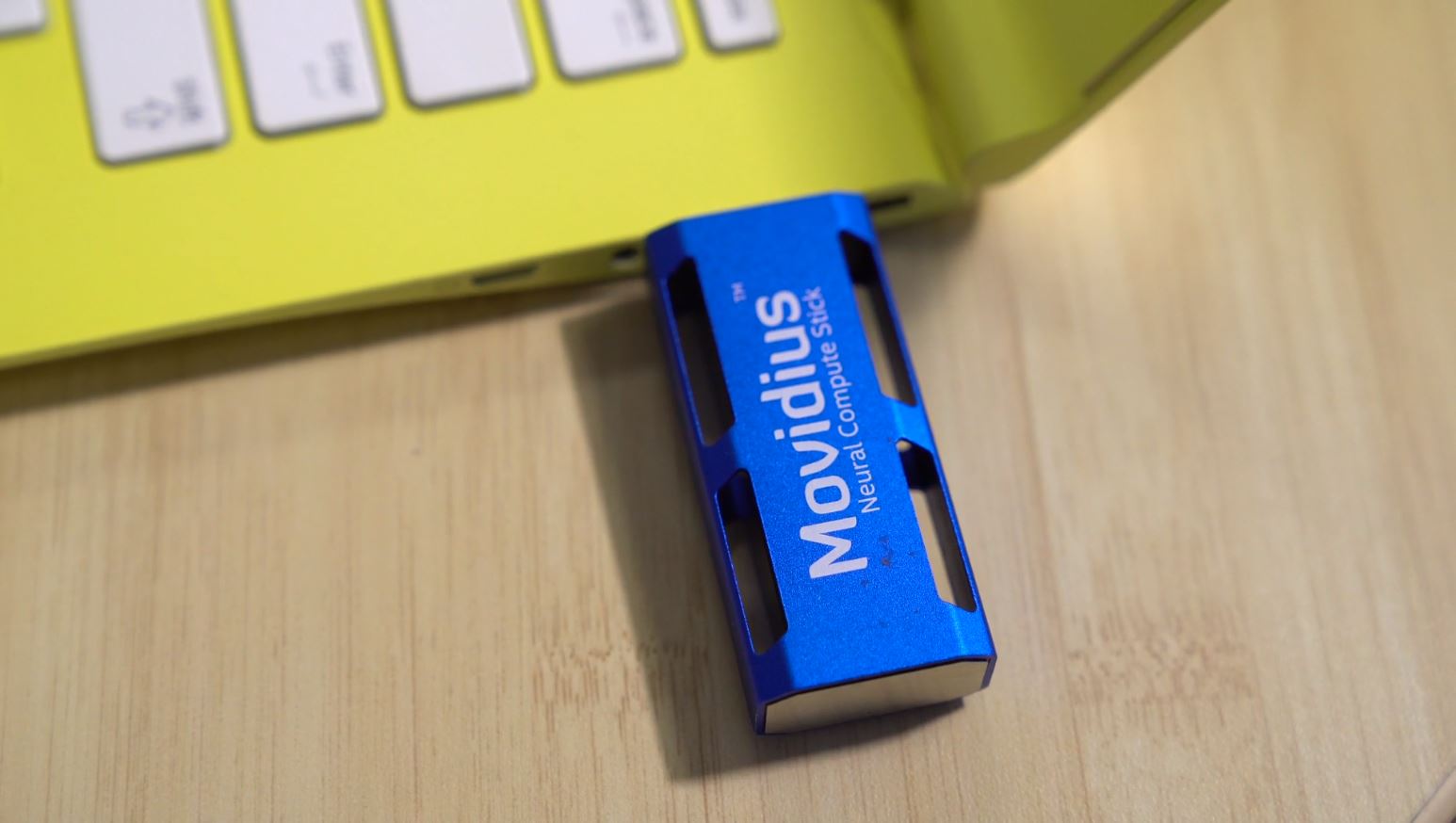
Intel has pulled the curtain back on its latest Movidius VPU (Vision Processing Unit)- a type of processor designed to accelerate machine learning and artificial intelligence tasks, particularly ones like image processing.
Dubbed “Keem Bay”, the hardware is the latest iteration of its Vision Processing Unit from subsidiary Movidius, which according to Intel’s early testing will offer quadruple the throughput of Nvidia’s TX2 SOC, at one-third less power.
(Based on ResNet-50 benchmark inference measurement INF8).
The 72-millimeter chip features a new on-die memory architecture with 64-bit memory bandwidth, Intel said at its AI conference in San Francisco this week.
Intel’s Internet of Things (IoT) VP Jonathan Ballon claimed: “It’ll deliver better-than-GPU performance at a fraction of the power, a fraction of the size, and fraction of the cost of comparable products”, as the company ramps up its AI offering.
Read this: Intel Open Sources a Kubernetes-Native Deep Learning Platform
Intel bought VPU specialist Movidius in September 2016.
Its VPUs feature purpose-built (SHAVE) processor cores that speed up execution of AI algorithms, and which can be programmed via its Myriad Development Kit (MDK).
Its VPUs have featured in Google’s Clips camera, DJI’s Phantom 4 drone, and Tencent’s DeepGaze.
Using the Movidius neural compute stick and Intel DevCloud, Peter Ma is to creating a “clean water #AI” that detects if water is contaminated. Vote for him in @NatGeo's Chasing Genius competition. #IamIntel https://t.co/wSRsOyDfjd pic.twitter.com/39rgMoMzz0
— Andreas Timm (@andreastimm_com) March 26, 2018
Other examples that Intel touts are creations like that of developer Peter Ma, who built an AI system to detect harmful bacteria in water in real-time, without needing to connect to the cloud.
“His Clean Water AI prototype is powered by the Intel Movidius Neural Compute Stick and has a 95 percent accuracy rate, the company says.
Intel expects its AI portfolio to generate $3.5 billion in revenue in 2019.
“With this next phase of AI, we’re reaching a breaking point in terms of computational hardware and memory. Purpose-built hardware like Intel Nervana NNPs and Movidius Myriad VPUs are necessary to continue the incredible progress in AI”, said Naveen Rao, Intel GM of the Intel Artificial Intelligence products group.






